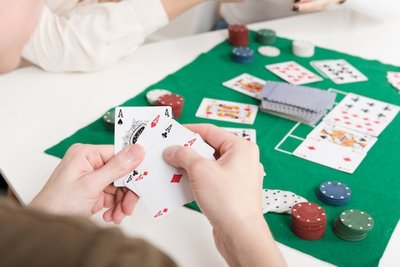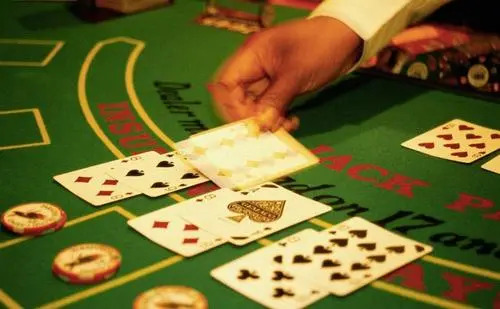Playing cards, also known as playing cards, have been a popular form of entertainment for centuries. Whether used in traditional card games, magic tricks or as collectibles, playing cards have a rich history and continue to be loved by people of all ages around the world.
The origins of playing cards can be traced back to ancient China, first appearing in the Tang Dynasty in the ninth century. From there, playing cards spread to other parts of Asia and eventually to Europe in the late 14th century. The earliest European playing cards were hand-painted and used for games and gambling.
Today, playing cards come in a variety of designs and are made from different materials, including paper, plastic, and even metal. A standard deck of playing cards usually consists of 52 cards divided into four suits: hearts, diamonds, clubs and spades. Each set contains 13 cards, including Aces, cards numbered 2 to 10, and face cards – Jack, Queen and King.
Playing cards are used in a variety of games, from classic games like poker, bridge, and poker to more modern games and variations. They are also the main venue for many social gatherings, providing hours of entertainment for friends and family.
In addition to their use in games, playing cards are also popular with magicians and card enthusiasts, who use them to perform tricks and card manipulation tricks. The intricate design and smooth surface of playing cards make them ideal for this type of performance.
Additionally, playing cards have become collectibles, and enthusiasts are looking for rare and unique decks to add to their collections. From vintage designs to limited editions, there’s a wide variety of playing cards to choose from to suit every taste and interest.
In summary, playing cards or game cards have a rich history and remain a versatile form of entertainment. Whether used for traditional games, magic, or as collectibles, playing cards have a timeless appeal that transcends generations.
Post time: May-17-2024

